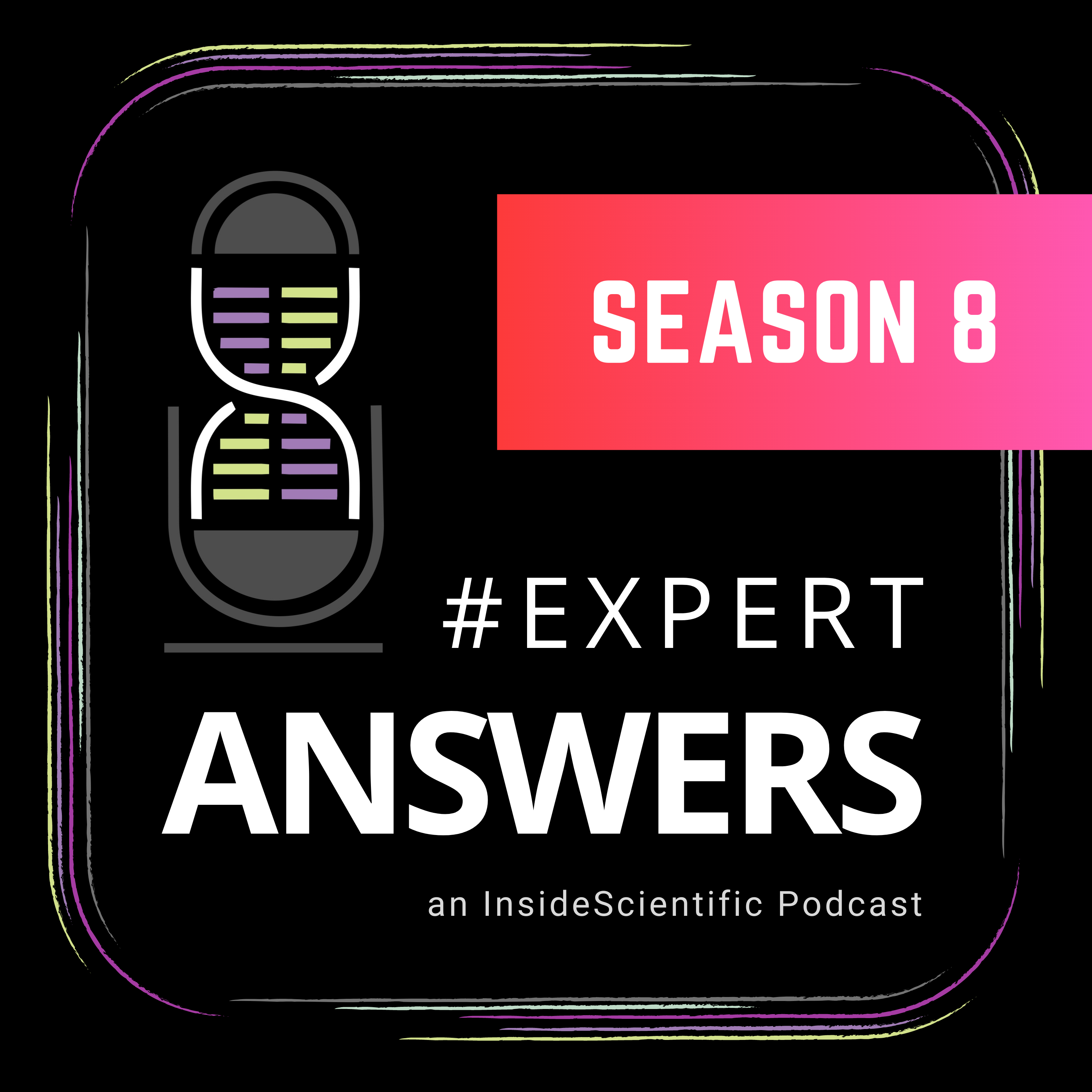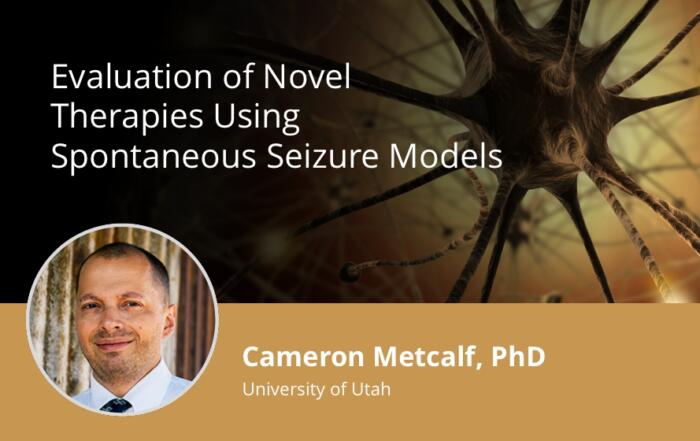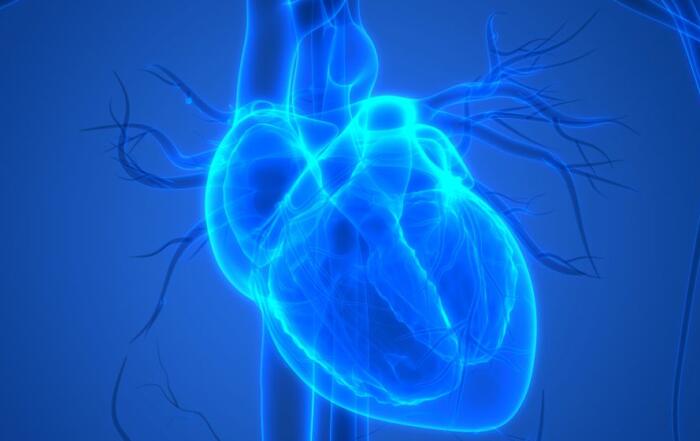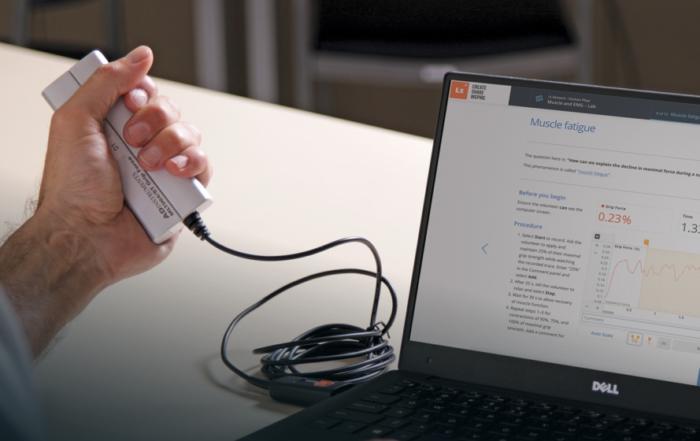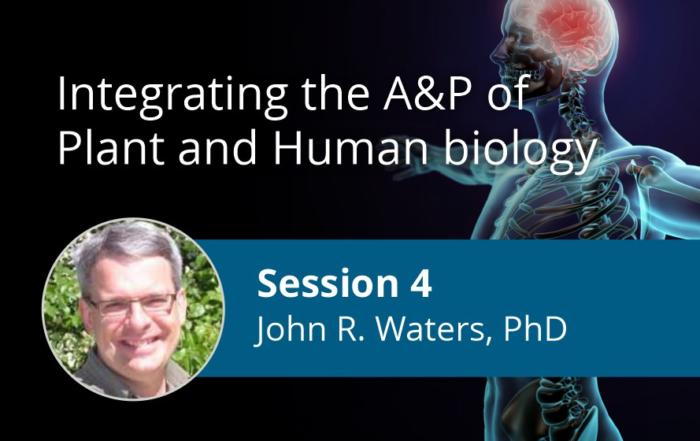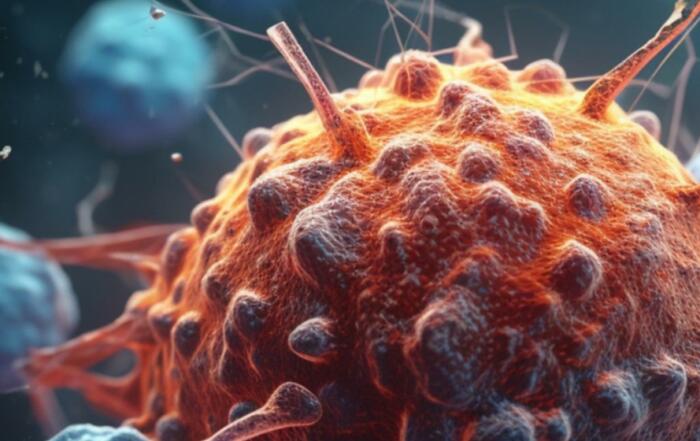Dr. Dee Silverthorn discusses how the sudden appearance of the global pandemic of COVID-19 provides a unique opportunity to show students science in action as researchers and healthcare professionals around the world scramble to understand the virus and its effects on the human body. This is the third webinar in the 4-part series on how science education has evolved in the face of new challenges.
In this presentation we explore some of the ways that we can incorporate today’s headlines into the curriculum by discussing the pathophysiology and pathology of SARS-CoV-2 infection and how it demonstrates the integration of body function across multiple organ systems. Teaching about the coronavirus pandemic also creates opportunities to have students critically analyze research studies and news reports, and to discuss ethical dilemmas such as the distribution of limited amounts of vaccine or the triage of critically ill patients when lifesaving equipment is limited. One important goal of teaching about the coronavirus pandemic is to have students learn to tolerate ambiguity, and to understand that today’s “facts” are simply our best models of what we know.
Click to watch the webinar recording. To view the presentation full screen simply click the square icon located in the bottom-right corner of the video viewer.
Resources
To retrieve a PDF copy of the presentation, click on the link below the slide player. From this page, click on the “Download” link to retrieve the file.
Presenters
Distinguished Teaching Professor Emerita
Medical Education, Physiology
The University of Texas at Austin
